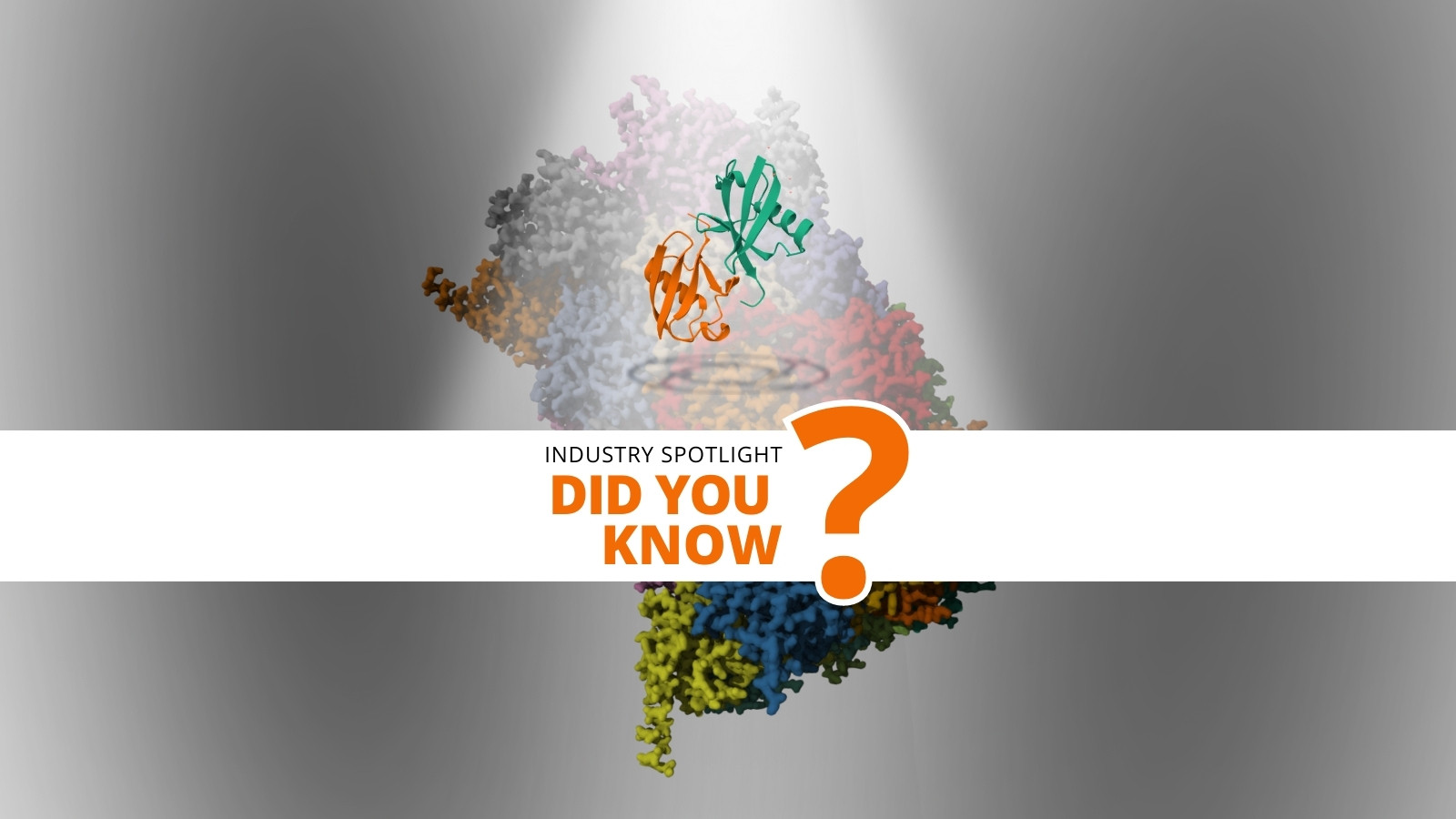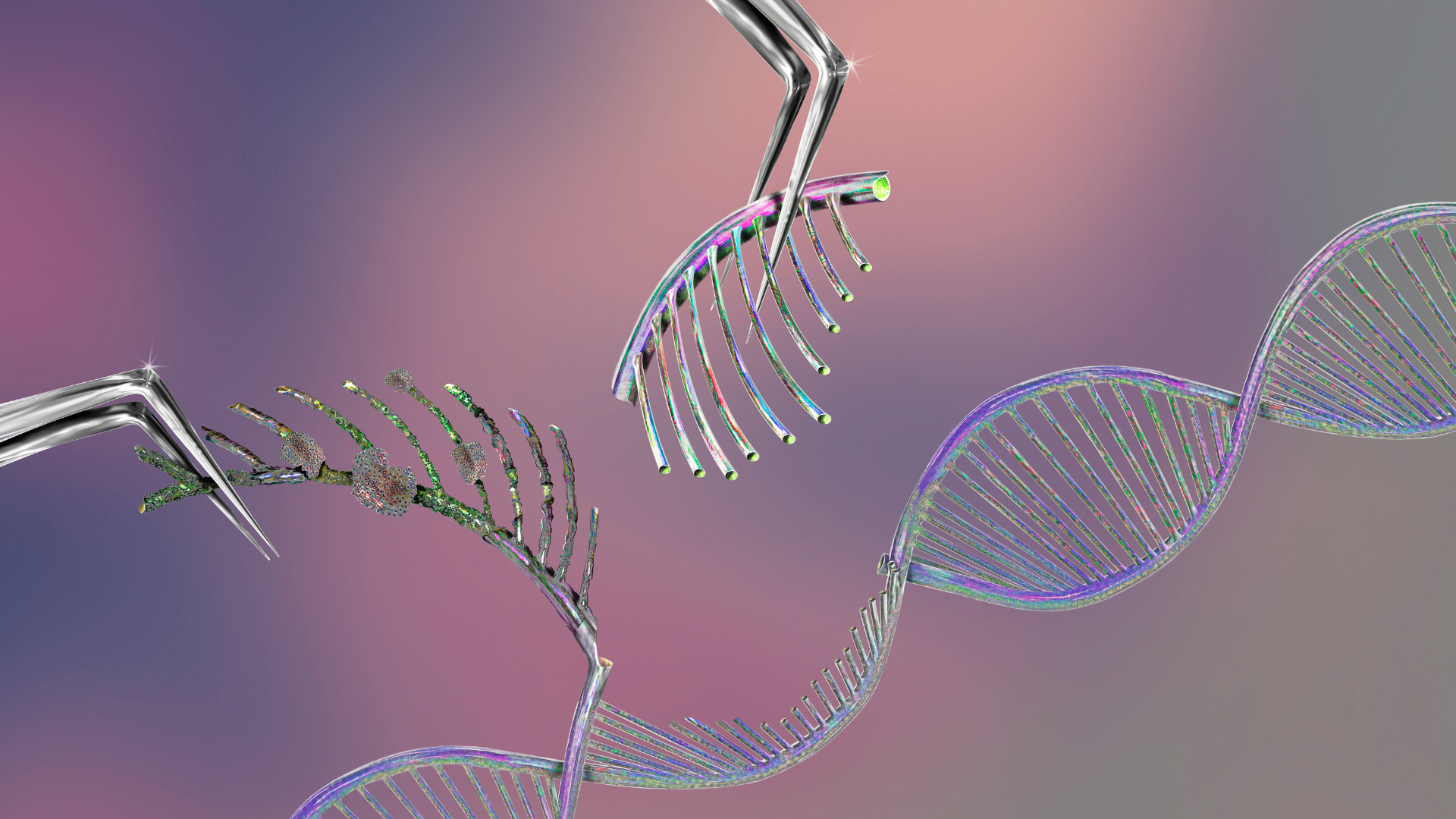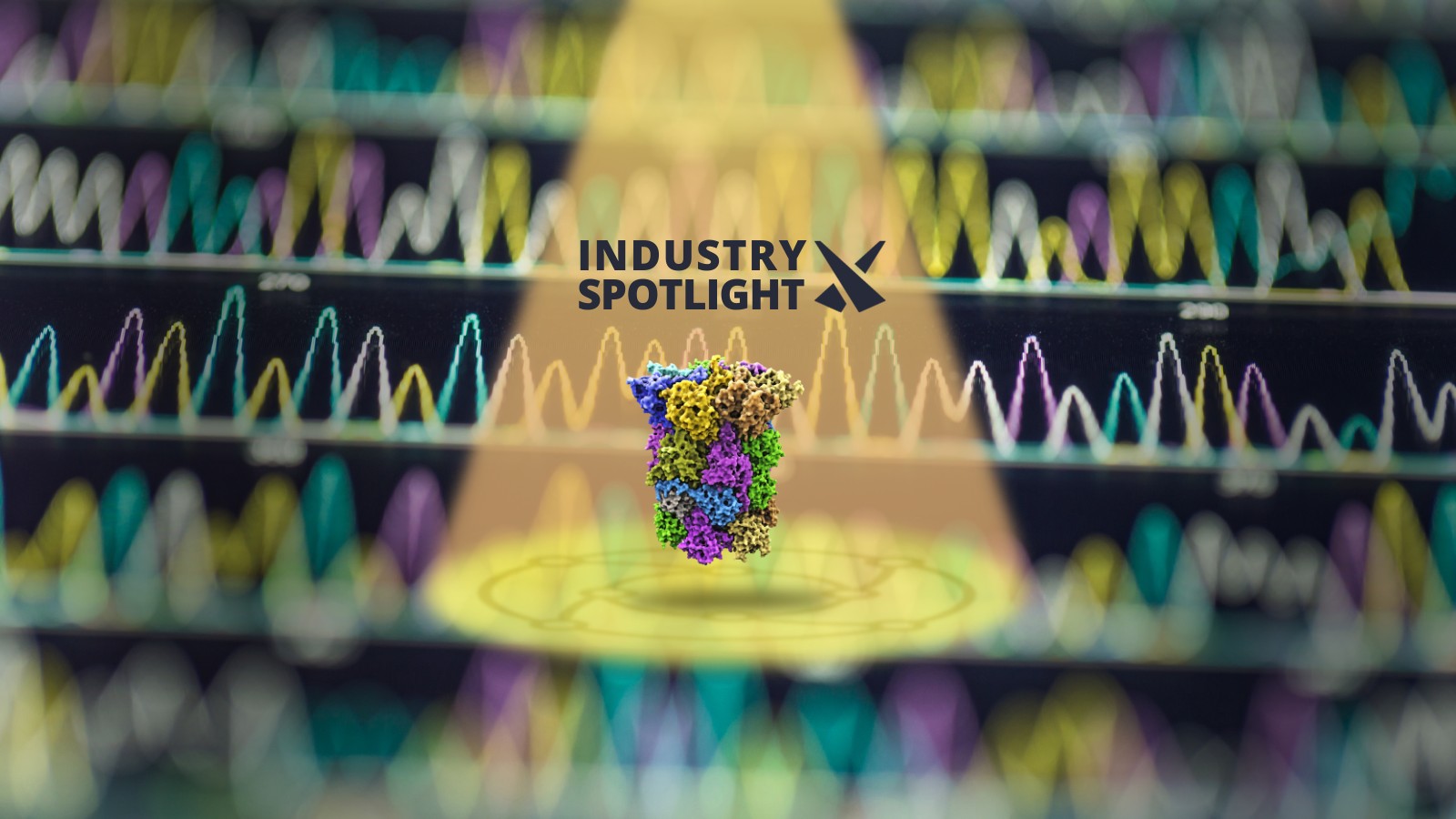RNA Interference: Looking Back at the 2006 Nobel Prize

The 2006 Nobel Prize for Physiology or Medicine was awarded to Andrew Z. Fire and Craig Mello for their work on using double stranded RNA (dsRNA) for RNA interference (RNAi) – a technology that has the ability to ‘turn off’ specific genes.
Fire and Mello’s paper, published in Nature in 1998, is considered the first identification of the phenomenon of RNAi. They discovered that by injecting dsRNA into C. elegans, they could produce a gene silencing effect.
RELATED:
- Gene Discovered to Drive Anxiety Could Prove an Effective Drug Target
- Delix Therapeutics Announces 2 Partners in Neuroscience Drug Discovery Effort
- Positive Results Achieved from Phase III Trial of MDMA-Assisted Therapy
In Fire’s Nobel Lecture, he explained that during the research of RNAi, it was hypothesised that the mechanism for this interference was that the dsRNA introduces instability in the transcription process.
The RNAi mechanism works via small interfering RNA (siRNA), which is a class of dsRNA. When siRNA is introduced into a cell it is cleaved by an enzyme called Dicer into a fragment of approximately 21 base pairs. Then, a protein from the Argonaute family discards the sense strand and forms a complex called RISC (RNA induced silencing complex) with the antisense strand and some other proteins. This complex is then able to bind to part of the target mRNA transcript which halts the process of translation and thus inhibits gene expression.
It was later discovered that the gene silencing observed by Fire and Mello was a part of an antiviral immune function. But the major impact that RNAi has had is in its therapeutic applications. A whole new field has emerged that seeks to harness this technology for medicinal use.
In 2018, patisiran became the first siRNA-based therapy to receive FDA approval. The drug treats polyneuropathy in patients with rare neurodegenerative disease. Since then there have been further approvals with more in the clinic today.
This shows that RNAi is a powerful therapeutic technology, and as it is so new, the hope is that it will unlock the treatment of many more diseases to come.
Get your weekly dose of industry news?here?and keep up to date with the latest?‘Industry Spotlight’ posts.?For other Discovery content, please visit the?Discovery Content Portal.







